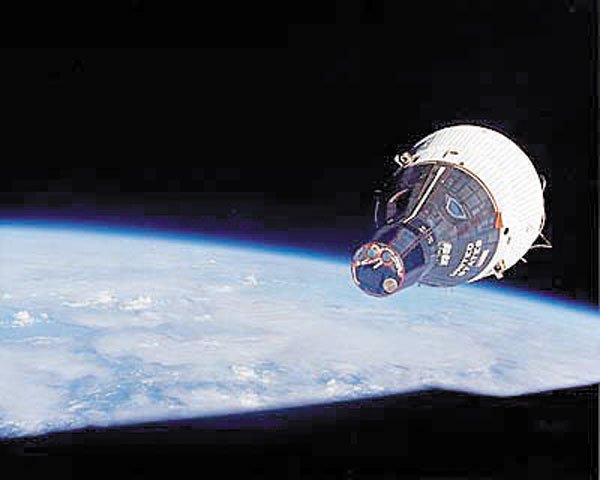– Dec. 13 :Orion’s Heart
The Orion Nebula
– a vast cloud of gas and dust that is giving birth to new stars
– appears to the right of Orion’s Belt this evening. The nebula
looks like a fuzzy star. To the Maya, it represented the fire in
the Hearth of Creation.
Dec. 14: Long Night Moon
Dec. 13 :Orion’s Heart
The Orion Nebula – a vast cloud of gas and dust that is giving birth to new stars – appears to the right of Orion’s Belt this evening. The nebula looks like a fuzzy star. To the Maya, it represented the fire in the Hearth of Creation.
Dec. 14: Long Night Moon
December’s full Moon, which occurs at 10:15am CST tomorrow, is called the Long Night Moon, because it remains in the sky longest of any full Moon of the year. The full Moon’s motions are the opposite of the Sun’s, so when the Sun is in the sky for a short time, the Moon remains in view much longer.
Dec. 15: Moon in the Middle
The full Moon passes through the Winter Circle tonight – a ring of some the brightest stars in the night sky. The brightest is Sirius, which is the brightest star in the night sky. The stars of Gemini, Taurus, and other prominent constellations join the circle.
Dec. 16: Saturnalia
Tomorrow is the beginning of Saturnalia, an ancient Roman festival that continued through the winter solstice. The early Christian church may have adopted December 25 as the date for Christmas in part to co-opt Saturnalia and other festivals.
Dec. 17: Moon and Gemini
The Moon cozies up to a pair of twins tonight – the stars Pollux and Castor, which represent the “twins” of Gemini. They rise in early evening, with the stars just to the upper left of the Moon. Pollux is closer to the Moon, and is slightly brighter than its twin.
Dec. 18: Moon and Saturn
The Moon and the planet Saturn huddle close together tonight. They rise in mid evening, with Saturn just below the Moon, soar high overhead later on, and stand high in the west at dawn. Saturn looks like a bright golden star.
Dec. 19: Vanishing Venus
Venus continues to shine in the southwest in the early evening this week. It’s been the “evening star” for months, but its reign is just about over. Over the next couple of weeks, Venus will drop lower in the sky each evening. It will disappear in the Sun’s glare in early January.













